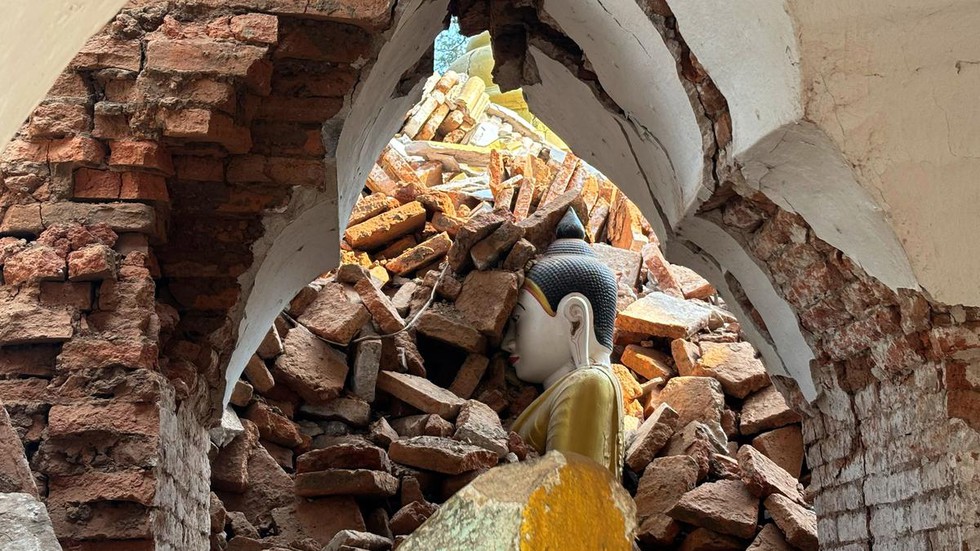What is the Sagaing Fault?
- The Sagaing Fault is a major active tectonic boundary running north to south through Myanmar, separating the Indian and Eurasian Plates.
- It is one of the longest and most active strike-slip faults globally, extending 1,500 km from the Andaman Sea in the south to the Eastern Himalayas in the north.
- The Indian Plate is moving northward, causing stress buildup along the fault, leading to large earthquakes over time.
Types of Faults and their role in Earthquakes
- Faults are fractures in the Earth’s crust where rocks move due to tectonic stress. When stress accumulates beyond a critical limit, energy is released as seismic waves, causing earthquakes.
- The main types of faults include:
- Normal Fault: The hanging wall moves downward relative to the footwall, common at divergent boundaries. (Example: East African Rift Valley, Basin and Range Province in the U.S.)
- Reverse Fault: The hanging wall moves upward due to compression forces, occurring at convergent boundaries. (Example: Himalayas, Rocky Mountains)
- Strike-Slip Fault: The horizontal movement of fault blocks occurs with minimal vertical displacement, typical of transform boundaries. (Example: Anatolian Fault in Turkey, Sagaing Fault in Myanmar)
- Transform Fault: A specific type of strike-slip fault where tectonic plates slide past each other. (Example: San Andreas Fault in California)
